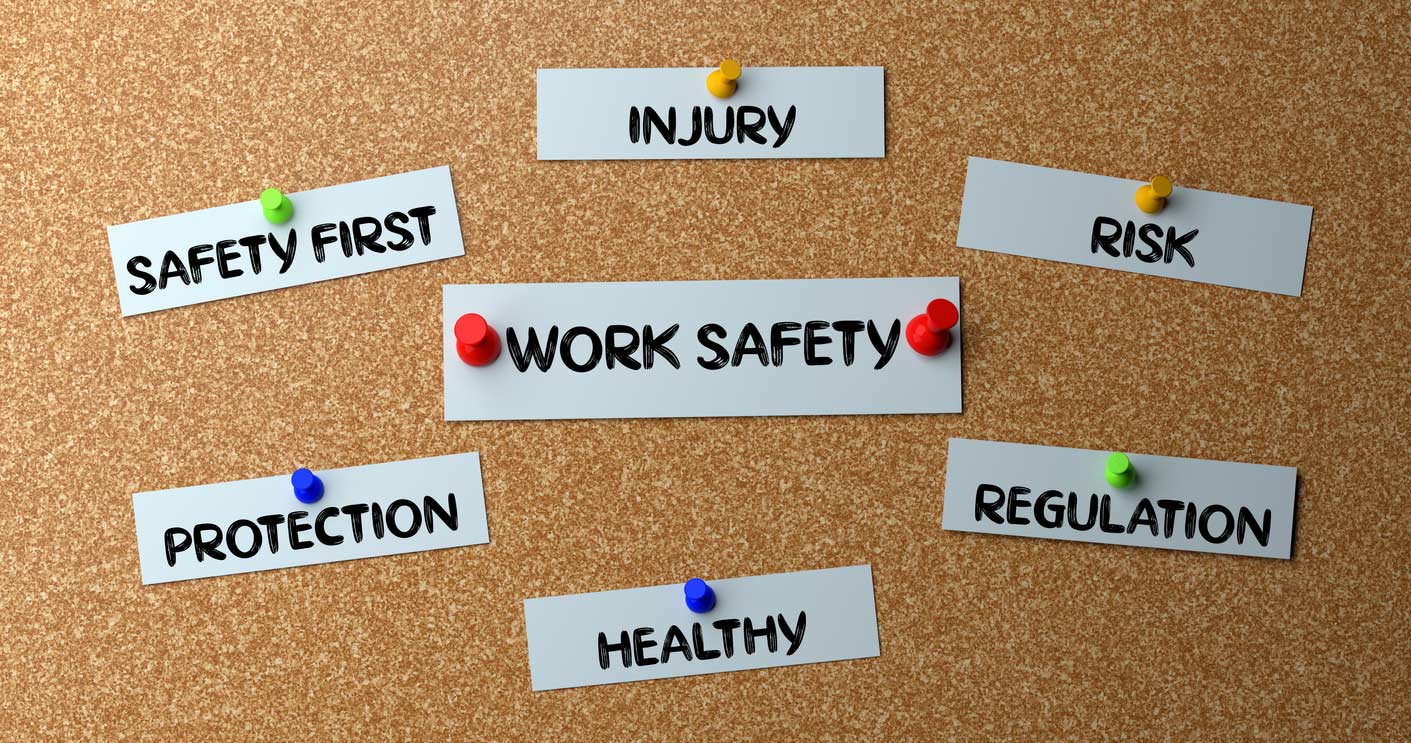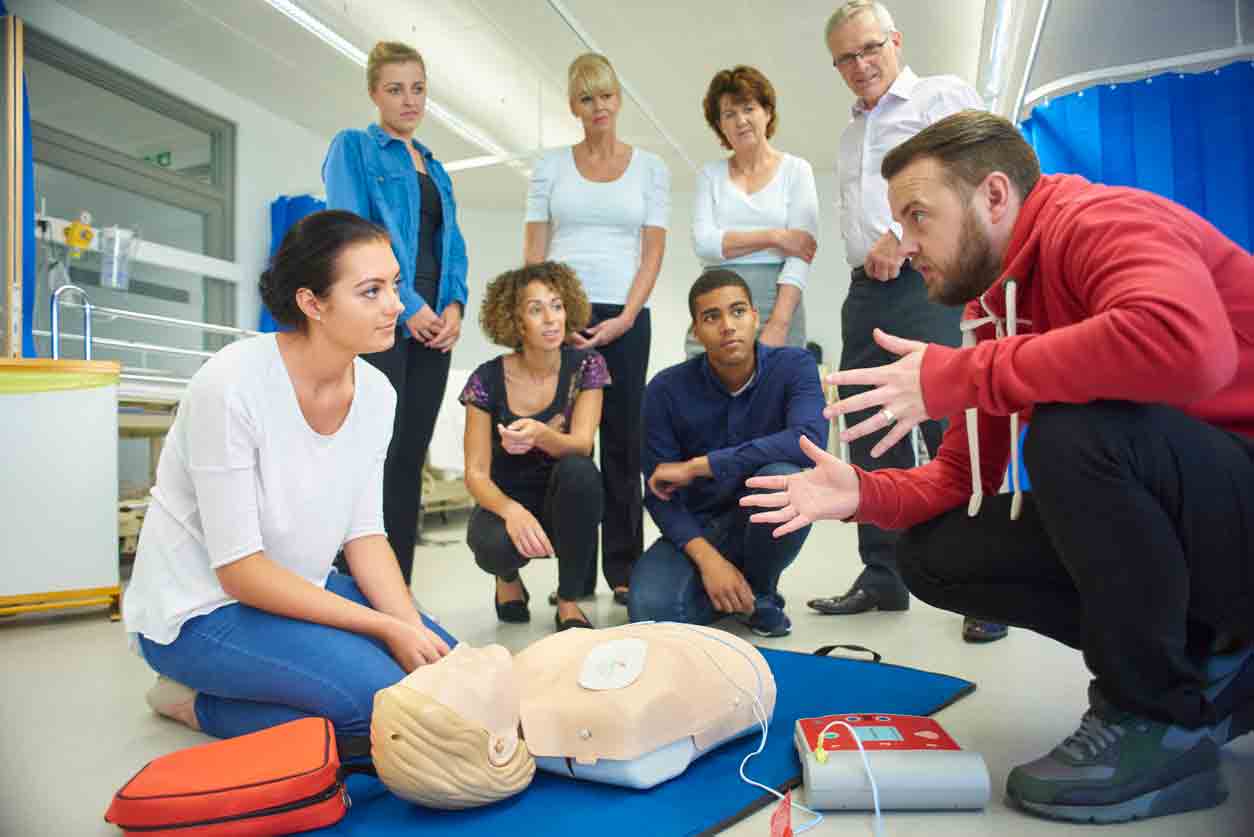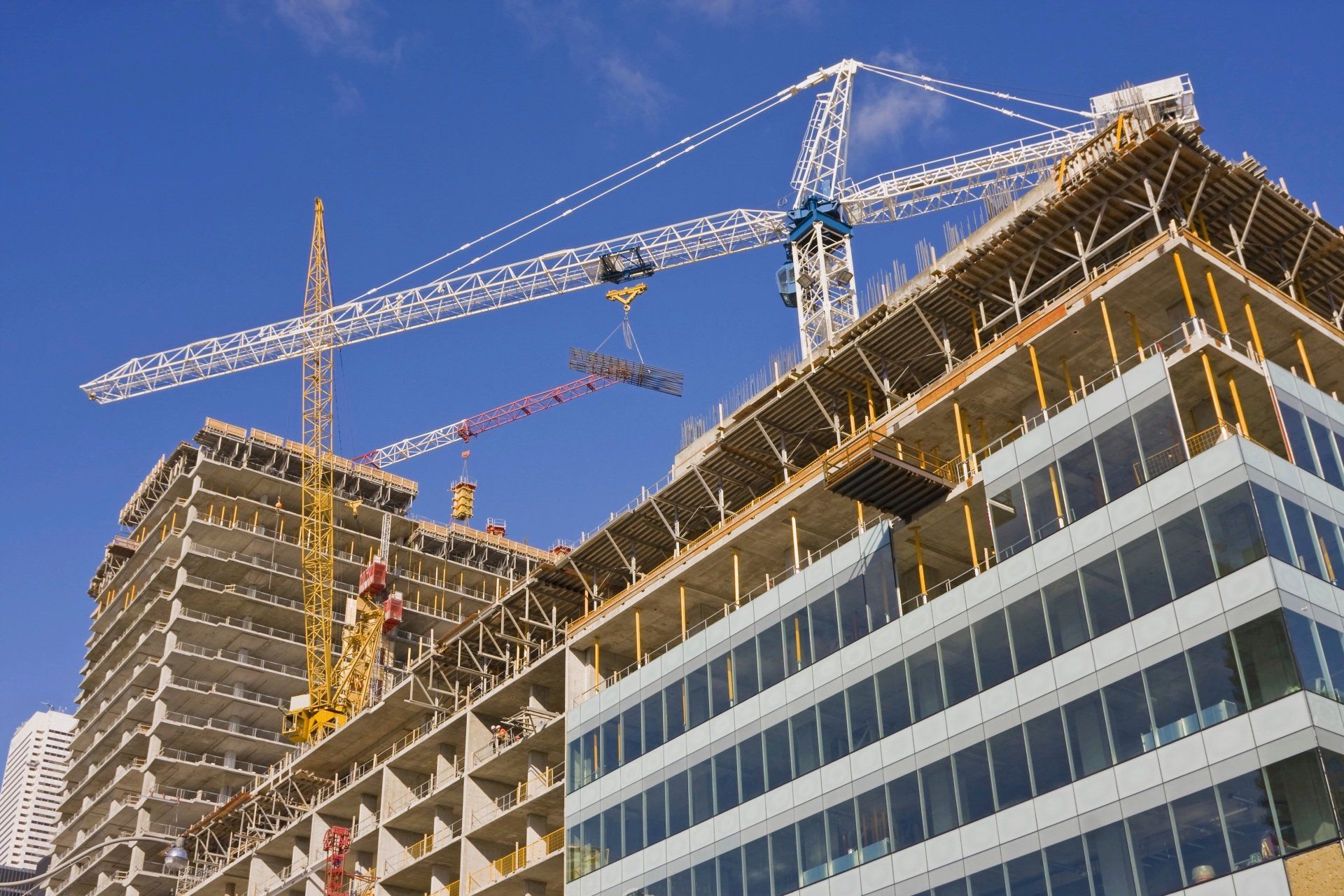Common Health and Safety Risks in the Construction Sector
Richard Jaques • August 19, 2019
The construction sector by its very nature is a dangerous place and the HSE in 2018 reported there were 64,000 non-fatal injuries within the sector the previous year.
However, many of the health and safety risks can be easily avoided by following these tips.
Watch your footing
The most common non-fatal health and safety risks are slips and trips which cause 1000s of accidents each year.
This is easily avoided by effective work area management, well-fitting PPE as well as an awareness of the working environment by the staff and adequate warning signage.
Noise
Another common health and safety risk on construction sites are hazardous noise levels.
However, this is an area where workers can also be lax with wearing protective ear-wear.
Couple this will being provided with the wrong kind of ear protection, excessive noise can cause work-related deafness.
Hand/arm vibration syndrome
Workers who use handheld tools can be at risk of hand/arm vibration syndrome which can cause permanent damage. The syndrome affects the hands and arms and makes it extremely difficult to grip anything – from tools or even a glass of water.
This is however, preventable. Tools should be well-maintained and the correct tools should be used for the job in hand.
Workers should hold the tools loosely and change hand position if possible, and it is important to keep hands warm.
Taking breaks every 10 minutes from the tools will also help to prevent vibration syndrome.
Lifting injuries
Whilst many people know how to lift materials safely that doesn’t mean they practice it. Injuries often occur with poor lifting, holding, carrying, pushing and pulling of material loads.
Most injuries are soft-tissue based in the neck, back, wrists, legs or knees – and although the pain may start lightly repeated activity can increase the pain as time passes.
These are preventable injuries. Employers should ensure staff are trained to lift and handle the material required for their work, as well as monitor that this practice is maintained in the work place.
Collapse
Accidental collapse of excavations can be a high-risk aspect of construction sites.
Such collapses can be caused by unstable edges, undermining nearby structures which could collapse or falling materials from within the excavation.
These risks can be minimised by ensuring heavy machinery is kept away from excavation edges, and examining the trench edges at the start of every shift or after every shower of heavy rain.
Prevention
Many of these Health and Safety risks can be prevented through adequate training of employers and employees and here at GH Safety we run a number of Health and Safety Courses including Manual Handling training, Working at Height training, Asbestos training and First Aid training.
We are also able to do a Risk Assessment of your workplace which will highlight any potential risks ensuring you are able to keep the workplace safe for you and your staff.
Share this article:
More articles...

Winter is looming, which means dark mornings and frosty commutes to the workplace for many people. When it comes to temperature, there's no law for a maximum or minimum temperature of a workplace but a good number for all bosses to aim for is between 13-16ºC . While you're waiting for the heating to turn on and for your bones to thaw, here are three tips you can follow if you want to stay warm at work: Wear layers The British weather can be very sporadic; in the morning it's bitterly cold, but the train home is always sweltering. This is why layering up is a great idea as you will never be too hot or cold. A thick, fluffy jumper will keep you toasty while you respond to some morning emails, but wear a thin t-shirt underneath. Another great idea is to pack fingerless gloves to keep your hands warm as you type. Treat yourself to a hot drink Nothing warms up your body more than a hot drink; it warms up your core and helps your body to retain your heat. Best of all, drinking your favourite beverage is a great way to start the day allowing you to relax and take some time for yourself before you embark on the tasks ahead. Be prepared If your job requires you to be mobile, then staying warm and keeping safe in winter is a harder task. A snowstorm can come from nowhere, so prepare for an emergency and make sure your vehicle is loaded with the appropriate provisions. A breakdown kit consisting of a blanket, food and water will help keep you warm and safe if the worst should occur. Before setting off on your commute you should check your windscreen wipers are working fully, check your engine oils and fluids are topped up and that all your lights are in good working condition. For more information on how to keep your employees safe this winter or improve the overall safety of your company, contact GH Safety and see how they can help you.






